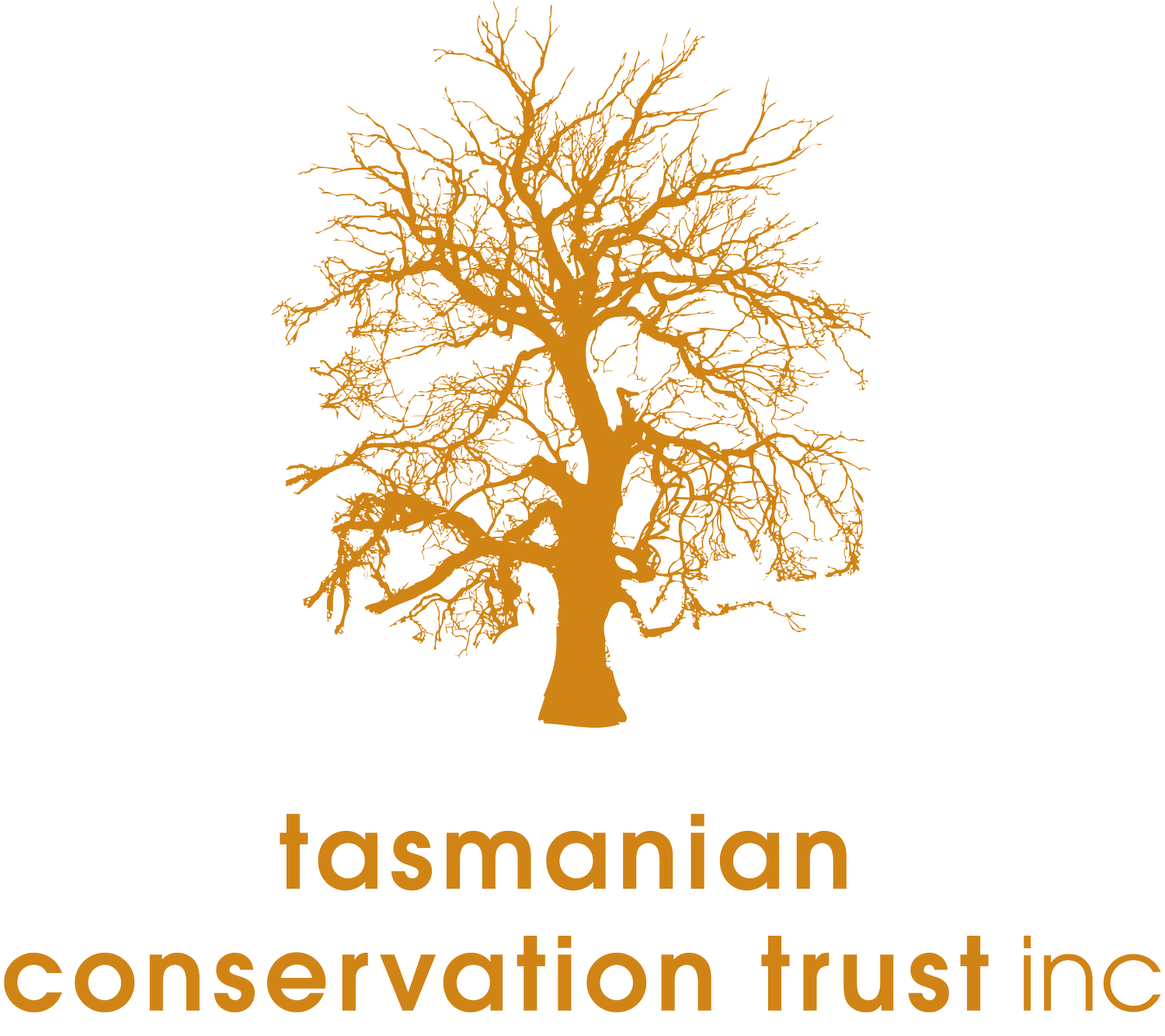On 17 January 2013 Alistair Graham and Peter McGlone gave a presentation on behalf of the TCT to the Legislative Council Select Committee Inquiry (Select Committee) into the Tasmanian Forests Agreement Bill (TFA Bill). The Councillors seemed very keen to hear the TCT’s views. Questions focused mainly on our key concern i.e. the TFA Bill, if unchanged, will lead to the weakening of the Forest Practices Code or prevent it being strengthened and the negative impacts this would have on biodiversity.
Danger at Cape Huay
The Tasmanian Conservation Trust today called on the state government to immediately close the recently upgraded Cape Hauy Walking Track in Tasman National Park because it is being operated contrary to the Parks and Wildlife Service’s risk assessment and walker’s lives are being placed at increased risk.
Use of 1080 poison spikes
While the use of 1080 poison for control of native browsing animals reached a historic low in the financial year ending 30 June 2012 (just 0.42kg statewide), it has spiked since then, rising to 0.588kg for the period 1 July to 30 November 2012. Minister Brian Wightman is committed to ‘reducing the level of 1080 use in line with’ the Tasmania Together target of zero 1080 use by 2015. The TCT will continue to push for 1080 use to be reduced in order to reach this goal. Note: although the Tasmania Together board has been abandoned for cost-cutting reasons, the Premier has committed to retaining the TT targets.
Weakening of the 1999 EPBC Act
The federal government is working towards devolving decision-making powers under the Environment Protection and Biodiversity Conservation (EPBC) Act to the state governments. This move has resulted from pressure from big business and the mining industry who are interested primarily in profits and who, it appears, have little interest in environmental protection.
Macquaurie Harbour fish farm
The TCT stated today that the decision by the Federal Environment Minister Tony Burke that the proposed doubling of the area of fish farms in Macquarie Harbour did not significantly impact the endangered Maugean Skate and the Tasmanian World Heritage Area, and therefore did not require assessment, is incorrect and constitutes an abandonment of his responsibilities.
‘Watch out for wildlife – it could save your life!’
To commemorate Threatened Species Day on 7 September this year, Roadkilltas.com (the website that provides tools to help drivers in Tasmania make their journeys wildlife friendly) and the Tasmanian Conservation Trust launched a Metro bus-back advertising campaign to get the message to Hobart’s drivers regarding slowing down to save wildlife.
Tasmania's Marine Reserves
TCT Forests Policy Addendum – biodiversity priorties
The TCT already has a forests policy (available on the TCT website) but we have decided that there is a need to provide more detail on what our nature conservation and, in particular, our biodiversity priorities are. We hope to address geoheritage issues later. This article outlines a draft addendum to our forest policy, which will be completed over the next few months. One purpose is to provide further evidence to support TCT’s statements made over the last two years regarding the inadequacy of current and proposed public land reserves in addressing the conservation requirements of many biodiversity values, most of which are found on private land.
Eastern quoll not listed
In the last Tasmanian Conservationist we reported that the eastern quoll, Dasyurus viverrinus, has been nominated for inclusion in the Tasmanian threatened species list under the Tasmanian Threatened Species Act 1995. The quoll was nominated by the Scientific Advisory Committee (SAC) established under the Act, rather than as a public nomination, although much of the scientific data was provided by Bronwyn Fancourt, who has been studying the quoll as part of her Honours and now PhD projects at the University of Tasmania. The SAC nominated the quoll for inclusion as endangered on the basis that it meets the criterion of ‘a population decline of at least 50 percent over the last ten years’. As can be seen in Figure 1, it is clear that the population of eastern quolls has declined significantly in the last ten years.
Copping hazardous waste disposal facility
The company Southern Waste Solutions (SWS) has recently received permits from the Tasmanian Environment Protection Authority (EPA) and Sorell Council to construct and operate a ‘C-cell’, or high-level hazardous waste disposal facility at a site between Copping and Carlton River in south-east Tasmania. The local community is strongly opposed to the proposal and demands that the permits for the Copping C-cell be revoked. The TCT supports this stand and the reasons for it.
Conservation at Work at Myrtle Bank
The Launceston Field Naturalists Club was formed in October 1949 and went along quietly and successfully for many years with regular meetings and outings, until 1966 when its Vice President and Life Member John Skemp died. John was the last of his family and so he bequeathed the family property at Myrtle Bank to the club. This meant that the club went from a group with around £100 in the bank to owner of a 52ha subalpine property with financial commitments far in excess of its normal income, and as it was not incorporated, the club could not legally hold the property in its name.
Treating Wombats with Mange
Wombats with mange in Tasmania has been an ongoing problem for a very long time. In fact, at a meeting in June 2011 with the Wildlife Management Branch from the DPIPWE we were informed that there has been a ‘huge problem’ of mange on Flinders Island and that ‘it has been a problem for the past 20 years’. Other areas reported to have wombats with mange are, north-east Tasmania and north-west Tasmania, Primrose Sands, Copping, Bothwell, Central Highlands, Jericho, Colebrook, Narawntapu National Park and a recent report from Lake St Clair as well as Ben Lomond.


